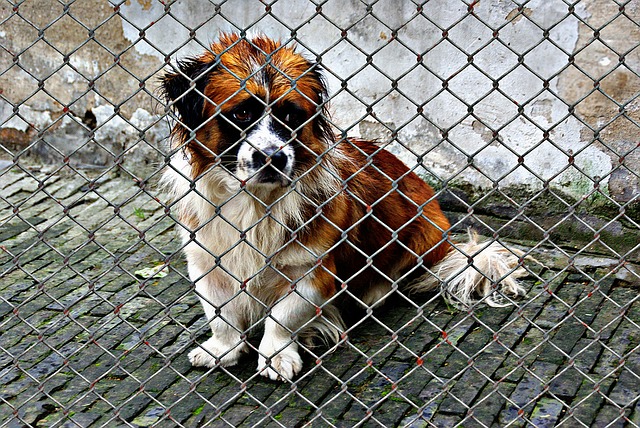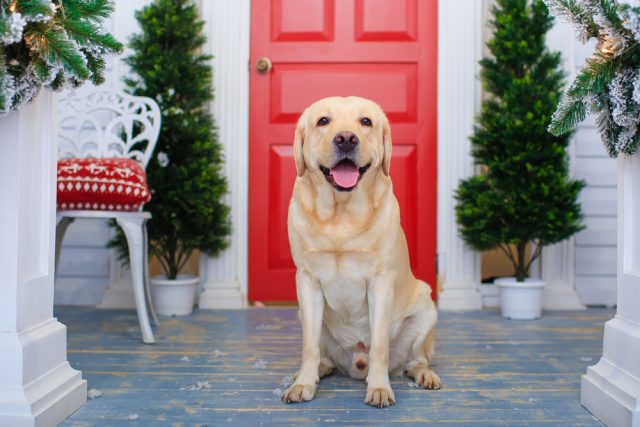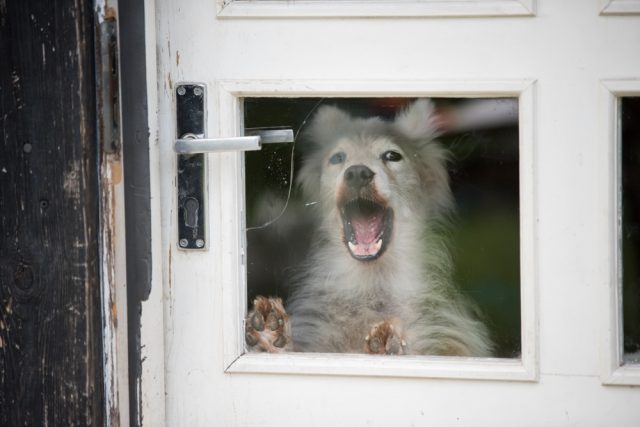Separation anxiety in dogs is one of the worst behavioral issues. Dogs suffering from it can be extremely destructive – not only ruining your home, but harming themselves.
I’ve heard of dogs eating through walls and jumping out second story windows that were closed.
Why Dogs Suffer From Separation Anxiety
So far, canine behaviorists have not been able to identify why some dogs develop separation anxiety. It could be genetic, but anecdotal evidence suggests it’s caused by environmental factors. Dogs who have separation anxiety have usually:
- Experienced the loss of a human family member or an entire family
- Been taken away from their mother and littermates at a very young age (before 8 weeks, usually before 6)
- Found themselves alone after always having a person around (maybe a stay at home family member returned to work or school)
It makes sense, then, that rescued dogs seem to have the highest rates of separation anxiety – most of them have had at least one of the above happen, and many have had all three.

How You Can Help Your Dog With Separation Anxiety
Separation anxiety in dogs is a serious problem and you definitely should get the help of a certified professional dog trainer. It is not something that goes away overnight. It takes months of training. In the meantime, here are a few tips that may make both of you happier while your dog works through her issues.
Hire a pet sitter. This will prevent any further damage to your house or your dog while you are working on overcoming their anxiety. It may be pricey, but so is repairing your home and vet bills.
Send him to daycare. Another option is taking your dog to a daycare center. For some dogs with anxiety, this just makes it worse. For others, it’s a perfect solution. Try it out on a day you don’t work so if your dog is unhappy, you can come get him right away.
Don’t punish her. Don’t punish her for the mess she made while you were gone. Your dog is having a mental meltdown when you are not home and she cannot control herself. Punishment is just going to make her more anxious and may cause more bad behavior.
Work on crate training. For some dogs with separation anxiety (not all!), a crate can make then feel more secure.
Calm departure. Make sure you are not making a big deal out of leaving. Change up your routine so your dog can’t anticipate you being gone and work themselves up before you even leave.
Work on independence. When you are home, work on your dog giving you space. Don’t give them constant attention. Put them in a different room with a bone to occupy themselves. You need to slowly teach your dog that he’s okay alone and that you will always return.

Separation anxiety can be a challenging and stressful issue for both dogs and owners to handle. However, with patience, understanding, and a bit of extra attention, you can help your dog manage and overcome this common issue.

